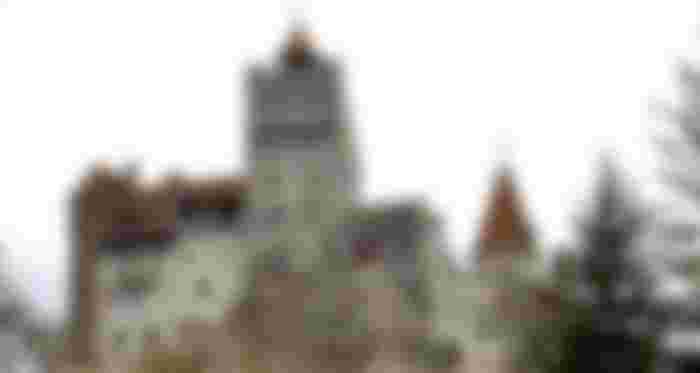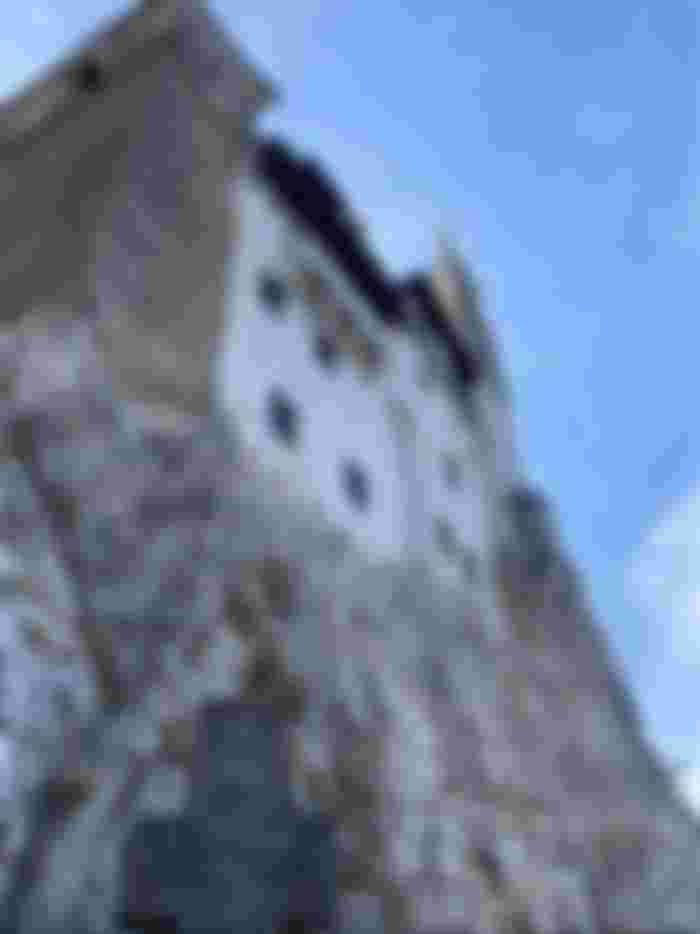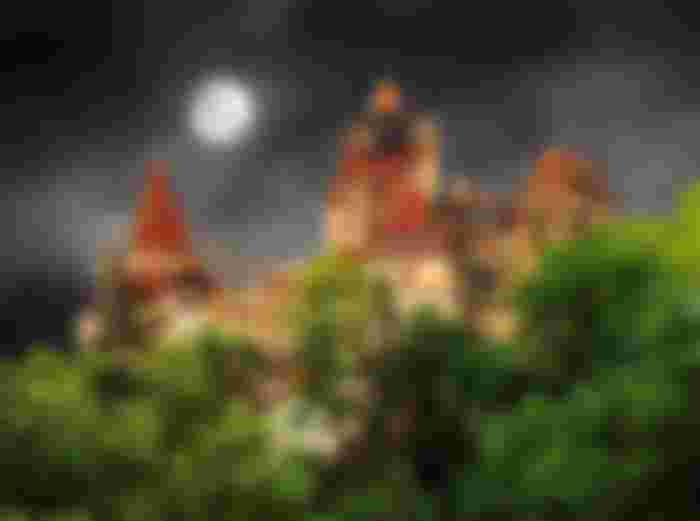The Vlach duke Vlad the Impaler remained known not only as a cruel ruler during the Ottoman expansion, but also as an inspiration for the literary work of Brem Stoker - Dracula. The aristocratic origins and rule during which he impaled his captives over the centuries have served as material for spinning numerous legends and myths.
During his life, but also after his death, a lot could be heard about Vlad III. From the struggle for the preservation of Christianity, to cruelty and vampirism, Vlad Dracula became a mythical figure and one of the trademarks of Romania and Transylvania.

The famous Dracula's castle is a medieval fortress, which is also a cultural monument of national importance. A trip to Bucharest is inconceivable without visiting Bran Castle, where Vlad Cepes was imprisoned in 1462. Read more below about what makes Dracula's Castle in Bucharest worth a visit.
Dracula's castle - Bran Castle as a cultural monument in Transylvania
Bran Castle was built in 1377 on the border of the provinces of Transylvania and Wallachia in Romania. The castle itself is also known as Dracula's castle, and it is believed that it also served as an inspiration to Brem Stoker for the already mentioned novel. The fairytale appearance of the fortress on a hilly hill gives visitors an irresistible return to the Middle Ages and the era in which Vlad Cepes lived.
Vlad III was born on the territory of the Kingdom of Hungary, in Segesvar, a Saxon city in Romania. His father, Vlad II, was a member of the Order of the Dragon, which earned him the nickname Dracula - Dragon. During his reign, Vlad the Impaler relied on the people and the militia in the fight against the Ottomans, and the living traditions of the people of Gorje and Banat still preach about the exceptional courage of this Vlach nobleman

Bran Castle in Transylvania - one of the most beautiful European castles
Bran Castle in Transylvania is characterized by massive Gothic elements in architecture, with an irregular shape of the citadel built by the Saxons living in this part of the country. Bran Castle in Transylvania is located in the vicinity of Brasov, a large Romanian city in the central part of the country.
Bran Castle in Transylvania itself was an important stronghold in the fight against the Ottoman Empire during the middle of the fifteenth century, and this architectural building is one of the most beautiful castles in Europe. Numerous optional excursions from Bucharest testify to the huge popularity that the castle of Count Dracula in Transylvania has, and for that I can largely thank an Irish writer.
Bran Castle was also the residence of the Romanian royal family during the 1920s, and after the Second World War, the castle was excluded from the ownership of the royal family until 2007. Since 2009, Bran Castle has become the first private museum in Romania to place Bran on the tourist map of Europe.
Count Dracula's Castle in Brasov - a literary character from the pen of Brem Stoker
The great popularity of Count Dracula's castle in Brasov is also due to the horror novel by Bram Stoker called "Dracula". On the eve of writing a novel about a vampire nobleman, Stoker met the Hungarian travel writer Armin Vamberi and was enchanted by the stories about the dark mysteries of the Carpathian Mountains.
That was the reason for Stoker to start researching European folklore and culture. The novel "Dracula" was published at the end of the 19th century, but the whole phenomenological notion about vampires from Transylvania later took off. Written in epistolary form, the novel is loosely based on the historical figure of Vlado Cepes, and the writings show that the castle of Count Dracula in Brasov, ie Bran Castle, served as a mystical place where the main character of the novel lives.

Count Dracula in popular culture - the popularity of the vampire subculture
After the great spread of the "vampire subculture" during the second half of the 20th century, films about the vampire Count Dracula became a standard part of Hollywood folklore. Numerous variations, historical figures associated with Dracula, and various themes explored the phenomena first addressed by Bram Stoker.
In addition to Hollywood's popularity, films about Dracula were made all over Europe, and the phenomenon of vampires, a word of Serbian origin that occupied the whole world, became a tourist attraction that attracted a huge number of tourists every year. Transylvania has become "soft" for all fans of the character and work of Count Dracula, and tours organized from nearby Bucharest and other cities in Transylvania, as well as a night in the castle, are a real adventure.
Tourist offer of Bran Castle in Transylvania
The rich architectural edifice gained its greatest popularity precisely because of Count Dracula. Nevertheless, the tourist potential of the entire region, as well as Bran Castle, consists of numerous natural resources, beautiful landscapes and a picturesque history that is a treat for all lovers of the Carpathian region.
In the castle itself, there is an exhibition that is a homage to the historical figure Vlado Cepeš, due to the exceptional importance that this nobleman had for the entire area of Wallachia and Transylvania.
In addition, Dracula's castle contains details that glorify Stoker's novel and its protagonist. Although the name of Bran Castle is not mentioned in the book itself, it is believed that this cultural monument served as the inspiration for the scene.
The geographical and historical region of Romania has become the subject of numerous publications, films and one of the most famous motifs in popular culture, and Dracula's castle has been a place visited by many pilgrims for many years, hoping to find traces of the mystical and otherworldly. the incarnation of a count who visits the translivan landscapes.

Thank you for reading my article ... I hope that you enjoyed ...
I send you a big greetings!




Wow . your story very beautiful